 Written by Amanda Lundberg, BSN, RN
Written by Amanda Lundberg, BSN, RN
Brrrrr is it cold in here? Nope, it's just your ultimate guide to cryotherapy. With cryotherapy quickly gaining popularity in the health and wellness field, we figured it was time to break down the ins and outs of the cold modality and uncover how this chilling treatment has become all the “hotness” in recent years.
With cryotherapy machines cooling to extreme temperatures of up to -300 degrees Fahrenheit, it’s tough to imagine how this cold treatment has so many therapeutic benefits. Research recently unveiled that TNF alpha, an inflammatory cytokine was reduced by 60% in professional athletes who combined their training with whole body cryotherapy. While cryotherapy is primarily utilized by athletes, it's also used by seniors who are managing the curve balls their body throws at them as they age. Research continues to unveil a number of objective and subjective benefits giving users significant relief for a variety of chronic and acute medical and cosmetic conditions.
Bottom line: cryotherapy can benefit athletes, grandparents, your neighbor, dermatologists, and everyone in between.
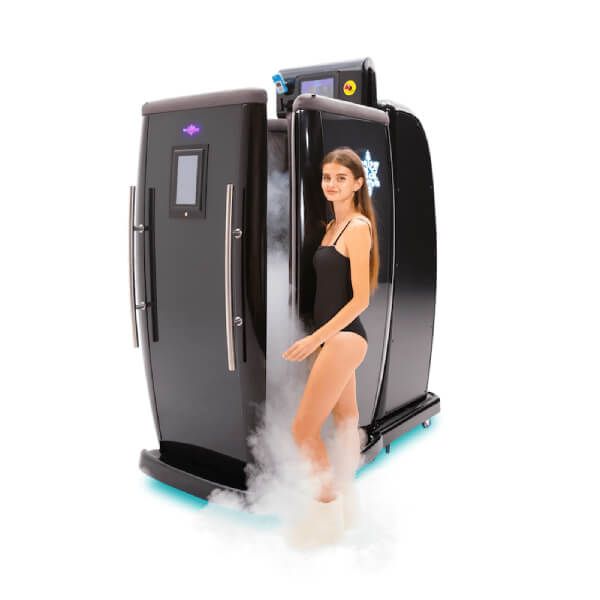
Cryotherapy is a type of therapy used in medical and cosmetic applications to cool the body for therapeutic purposes. It often involves a short exposure period to ultra-cold temperatures which contribute to pain relief, swelling management, and reduced oxidative stress. Cryotherapy can be performed in a number of different methods including both localized and whole body applications.
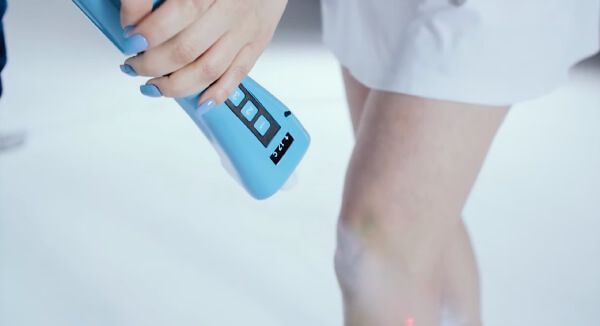
Benefits of cryotherapy are expansive with the therapy providing numerous anecdotal and evidence-based effects on the human body. These perks include:
Although further research is needed to solidify the evidence, anecdotal data also exists suggesting cryotherapy may support fat loss, reduce the severity of chronic diseases, boost collagen production and improve skin metabolism.
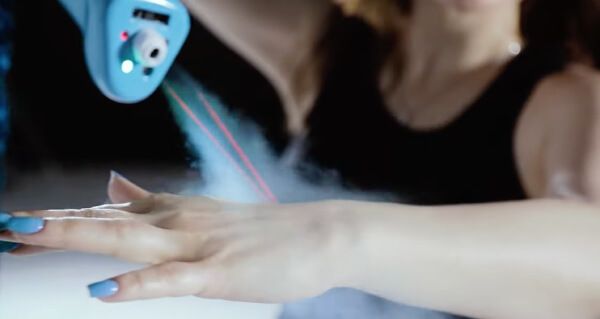
Whether you’re looking to reduce swelling immediately following an injury, manage your chronic pain more holistically, or recover during aggressive training intervals - cryotherapy may be right for you!
Although cryotherapy is #trending right now, its applications date back to 2500 BC in ancient Egypt when it was used for inflammatory control and injury management. Fast forward to 400 BC, and Hippocrates (better known as the father of medicine) further backed the modality with documented support of cold in the treatment of pain, swelling, and bleeding. Since then, physicians (like Napoleon’s surgeon) from the 1700s have been using cryotherapy to freeze and destroy abnormal tissues; including everything from warts to cervical cancer tumors to precancerous skin lesions.
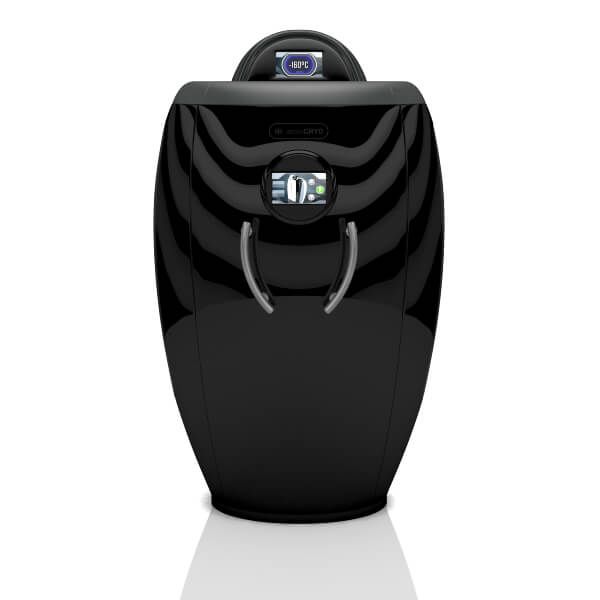
Cryotherapy chambers, as we envision them today, were first revolutionized in the 1970s by a physician known as Dr. Yamaguchi. His research largely revealed the benefits of cryotherapy for rheumatoid arthritis and the pain relief and endorphin rush it provided for his patients. He is documented as the first doctor to use whole body cryotherapy as we know it today.
It really became popular with the masses in 2001, and has been upticking in acceptance & marketability ever since.
~1.webp&newwidth=365&maxheight=200) | Cryogenic Chamber for Whole-Body Cryotherapy Treatments | CryoStar Antarctica View Product |
Cryotherapy chambers are as they sound - a whole body cryotherapy (WBC) device that provides full body cooling (including your head). This is achieved by using electric cooling technology or by liquid nitrogen. Chambers are usually purchased by cryotherapy studios, sports facilities, and upscale wellness centers.
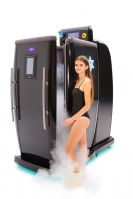 | Cryo Chamber for Hot and Cold Cryotherapy - CryoStar Cryosauna from VacuActivus View Product |
A cryotherapy sauna is set up as a futuristic-looking tube that encapsulates the body but keeps the head uninvolved. Cooled liquid nitrogen is then released which quickly and efficiently cools the body. Cryotherapy saunas are also called cryo cabins. Saunas are also purchased by cryotherapy studios, sports facilities, and upscale wellness centers. In addition, they are often also purchased by holistic wellness studios, gyms, spas, IV therapy clinics, and all sorts of businesses that want to one-up their local competition. Besides businesses, there are a few wealthy individuals who purchase cryotherapy saunas for home use.
| Localized Cryotherapy Machine For Targeted Cold Therapy | Iceberg View Product | |
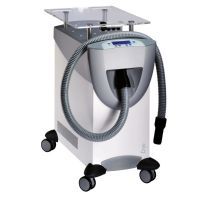 | Portable Cryotherapy Machine - Cryo 6 From Fabrication Enterprises View Product |
Localized units are cryotherapy devices that unlike cryo chambers and cryo saunas, target only specific parts of the body. They come in a variety of sizes and shapes to accommodate varying anatomic locations and can be cooled with either nitrogen or electric sources. They are typically purchased by home-users that need targeted therapy. These are also great for cosmetic purposes, and purchased by dermatologist, spas, massage clinics, wellness centers, and more. There is a growing interest in cryofacials AKA “frotox”!
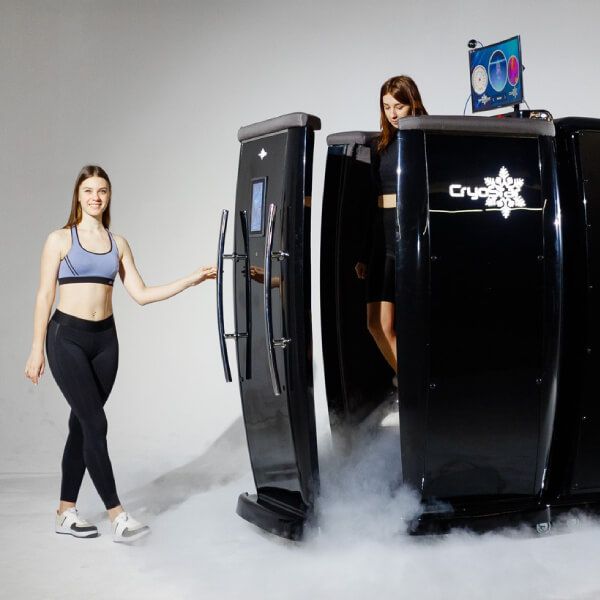
Cryotherapy can be a great addition to any wellness center, gym, spa, clinic, or anywhere in between. With limited offerings in the market today, chances are, you will be the only business in town to offer cryotherapy. Looking to attract new customers? Uncover an advantage over the competitors? Cryotherapy opens the door to a wave of new customers you may not have been able to reach before.
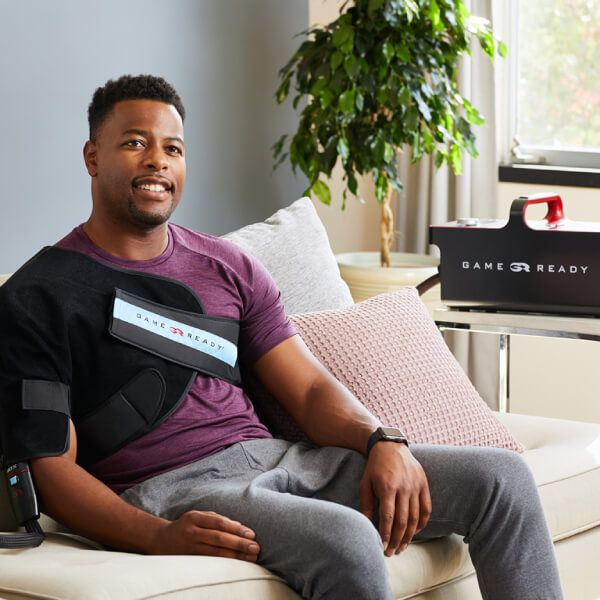
Of course! There are many at-home cryotherapy devices. Localized cryotherapy machines are generally more affordable and manageable for home dimensions. Besides cryotherapy, there are also alternate forms of cold therapy including cold compression machines that offer a nice introduction to the modality. Although they don’t offer the exact benefits of a cryotherapy machine, numerous other cold therapy devices are available and can be helpful at a fraction of the price.
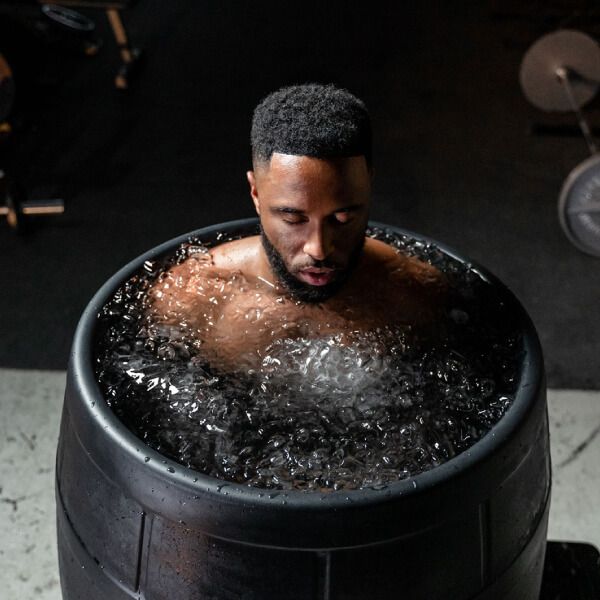
An ice bath is a form of cold therapy however differs from cryotherapy in a few distinct ways. Firstly, temperature variations between the two are significant with cryotherapy temps ranging from -200°F to -280°F and ice bath temps ranging from 45°F to 60°F. Despite the drastic temperature variations, both can elicit a perception of extreme cold due to their varying states of matter (gas versus liquid). Contrary to cryotherapy, an ice bath is a submersive experience leading to varying holistic benefits.

Cryotherapy has a plethora of valuable benefits but the number one reason for use is pain relief and muscle healing. Whether you’ve suffered an athletic injury, are recovering post-surgery, have a chronic disease, or are experiencing age-related aches and pains, cryotherapy can provide significant relief. LeBron James uses cryotherapy but so can your grandmother.
As previously discussed, a variety of cryotherapy machines are on the market ranging from CryoSaunas to Cryo Chambers to Localized Cryo. Each variation offers unique capabilities and therapeutic offerings. If you purchase a model that requires liquid nitrogen, you will have to procure it yourself. To find local nitrogen dealers, check out the website Airgas.
If a cryo chamber is out of your budget and you’re looking for a home-use alternative, you can also consider Cold Compression Therapy, which can provide similar benefits at a smaller scale for a fraction of the price.
Cryotherapy is an investment. Whether you are looking for an individual home option, or a business-grade device, identify your predicted use frequency to get an optimal return on your investment.
Whether intending to use your cryotherapy device in a home or business, also consider the space available and the dimension of the product. Localized devices tend to be more portable and compact whereas cryo chambers can weigh over 1,000 lbs and take up a significant amount of space.
Finally, when investing in your cryotherapy device, a solid warranty is imperative to ensure you are covered if a malfunction occurs. Review the manufacturer’s warranty details for your specific cryotherapy product before purchasing.
When used appropriately, cryotherapy should have minimal risks and side effects. This said certain populations are not appropriate for the treatment as it can cause changes in vital signs including heart rate, blood oxygen, and blood pressure levels. If you have a cardiovascular condition, cold intolerance, or other concerns, speak with your physician prior to initiating cryotherapy.
Besides risks associated with inappropriate use, other side effects may include temporary numbness, redness, tingling, or irritation of the skin. More severe skin damage such as frostbite, burns, or frozen limbs could occur with overexposure. In severe cases, cold panniculitis. Always review appropriate device use along with recommended treatment frequency and duration before starting your treatment.
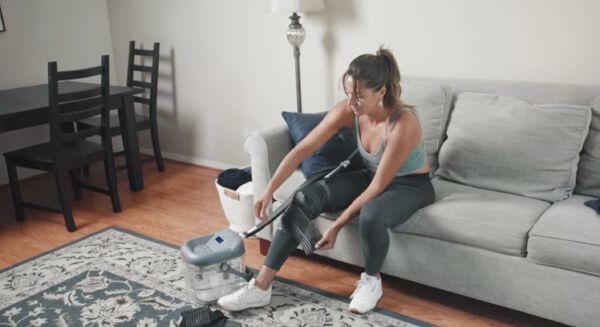
We’ve reviewed the benefits, risks, and various forms of cryotherapy on the market. Now let’s talk logistics. If undergoing cryotherapy in a business setting, sessions will cost you an average of $50 per treatment. Prior to committing to a package, consider your intended frequency of the treatment and whether investing in a machine makes sense financially. For some, both the convenience and unlimited access to the modality are well worth the investment.
Cryotherapy has been around for centuries consistently providing users with a source of pain relief, muscle recovery, and inflammatory control. With an ever-growing marketplace, it’s time to join the likes of Jennifer Aniston and Mark Wahlberg and experience the vast benefits of cold for yourself.
If you or someone you love is ready to explore the cooling benefits of cryotherapy, browse through all of our Cryotherapy Machines here. While you’re searching, feel free to check out all of our Cryotherapy articles on RehabMart.com and Caregiver University.

Amanda is a registered nurse with over a decade of experience in hospital, clinic, and healthcare management settings. Her primary focus has been collaborating with patients to manage disease processes. Aiming at continuing active lifestyles for her patients, Amanda has become an expert in adjunct therapies.
Amanda incorporates a holistic approach to heal the body from within. She has completed extensive research in remedial treatments using oxygen, as well as becoming a professional light therapy specialist. Her reparative ethos to health has sparked engaging conversations and teaching opportunities nationwide.
Amanda has taken her passion for articulating technical medical language and transitioned to freelance writing. She enjoys bringing a clinical voice to health and wellness brands.